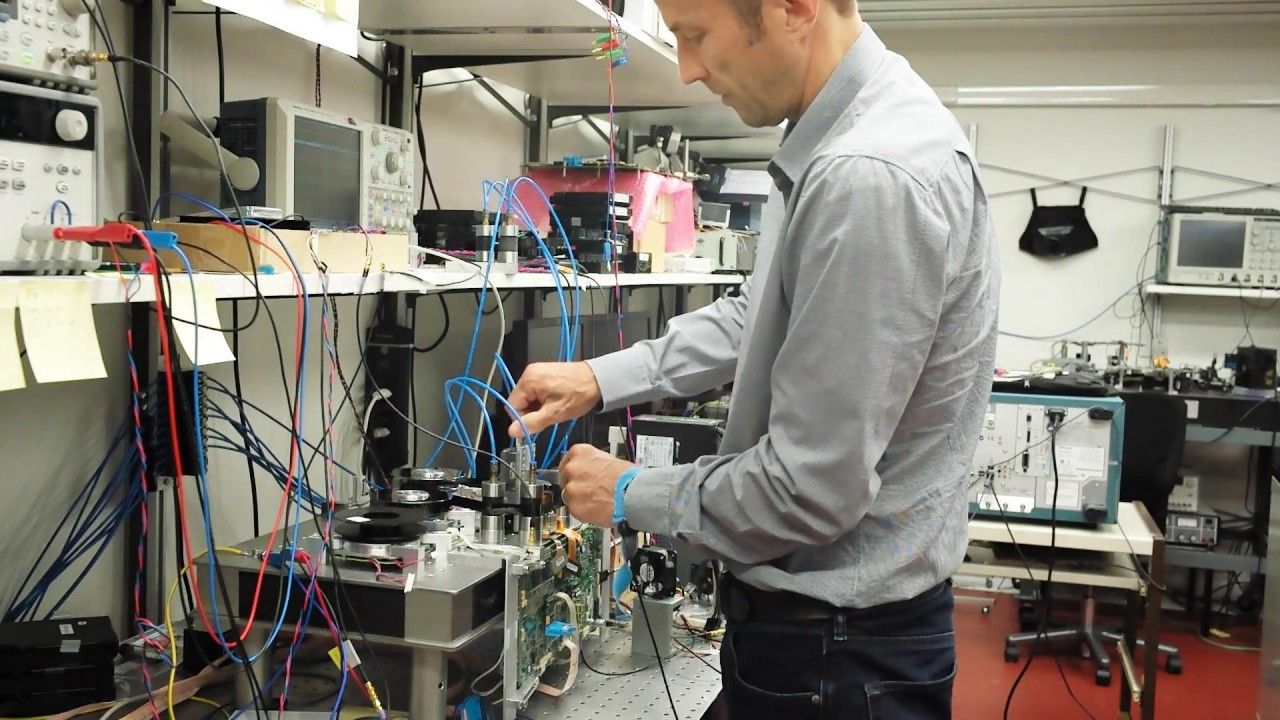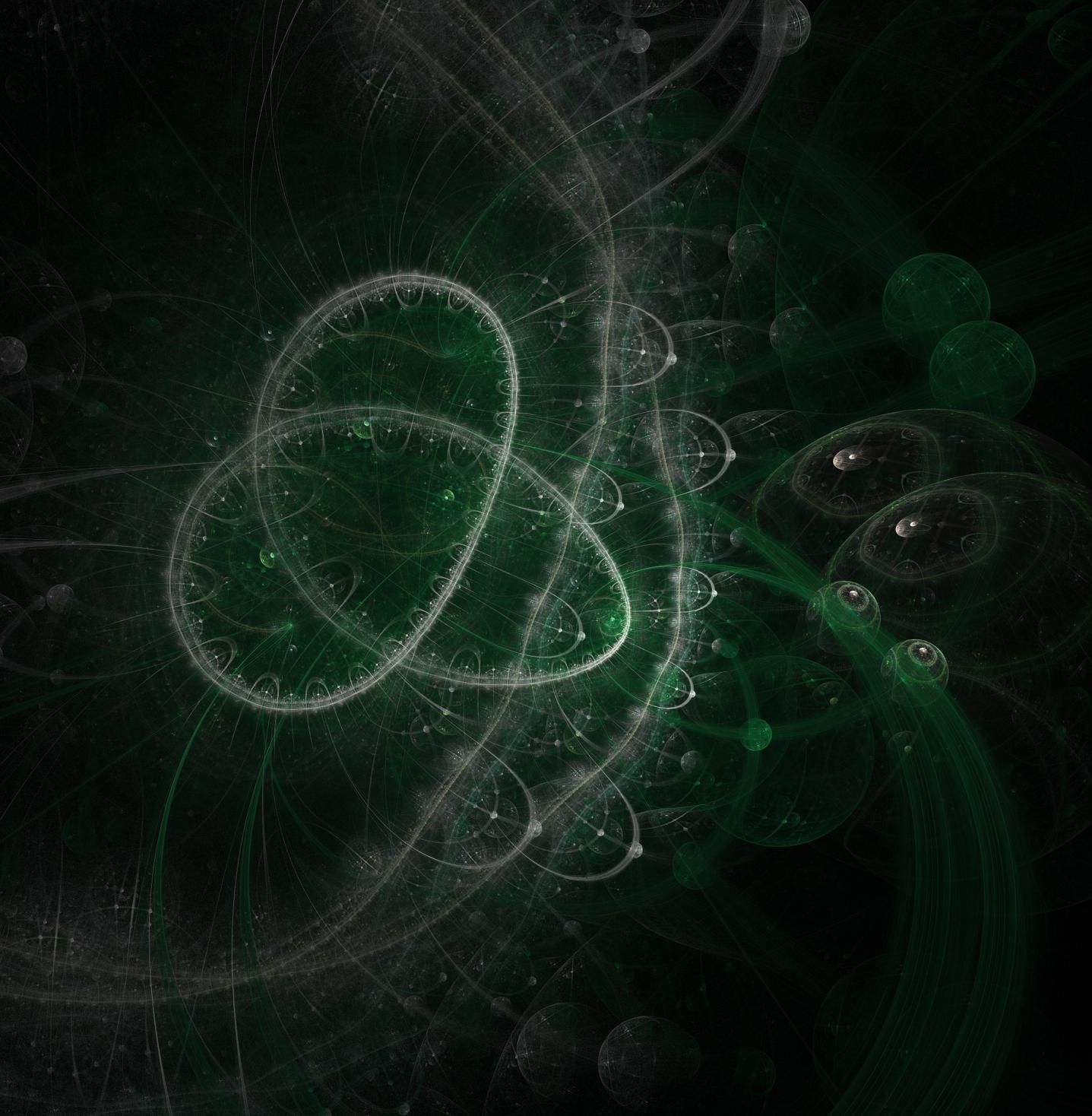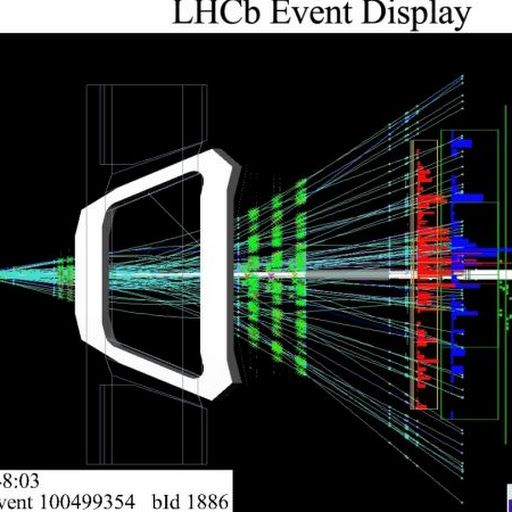Dec 16, 2017
Real-time observation of collective quantum modes
Posted by Shailesh Prasad in categories: particle physics, quantum physics
A cylindrical rod is rotationally symmetric — after any arbitrary rotation around its axis it always looks the same. If an increasingly large force is applied to it in the longitudinal direction, however, it will eventually buckle and lose its rotational symmetry. Such processes, known as “spontaneous symmetry breaking”, also occur in subtle ways in the microscopic quantum world, where they are responsible for a number of fundamental phenomena such as magnetism and superconductivity. A team of researchers led by ETH professor Tilman Esslinger and Senior Scientist Tobias Donner at the Institute for Quantum Electronics has now studied the consequences of spontaneous symmetry breaking in detail using a quantum simulator. The results of their research have recently been published in the scientific journal Science.
Phase transitions caused by symmetry breaking
In their new work, Esslinger and his collaborators took a particular interest in phase transitions — physical processes, that is, in which the properties of a material change drastically, such as the transition of a material from solid to liquid or the spontaneous magnetization of a solid. In a particular type of phase transition that is caused by spontaneous symmetry breaking, so-called Higgs and Goldstone modes appear. Those modes describe how the particles in a material react collectively to a perturbation from the outside. “Such collective excitations have only been detected indirectly so far,” explains Julian Léonard, who obtained his doctorate in Esslinger’s laboratory now works as a post-doc at Harvard University, “but now we have succeeded in directly observing the character of those modes, which is dictated by symmetry.”


















